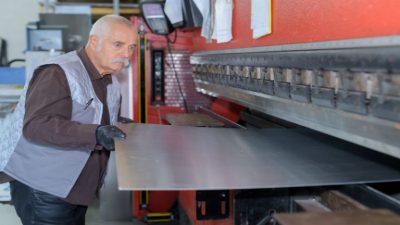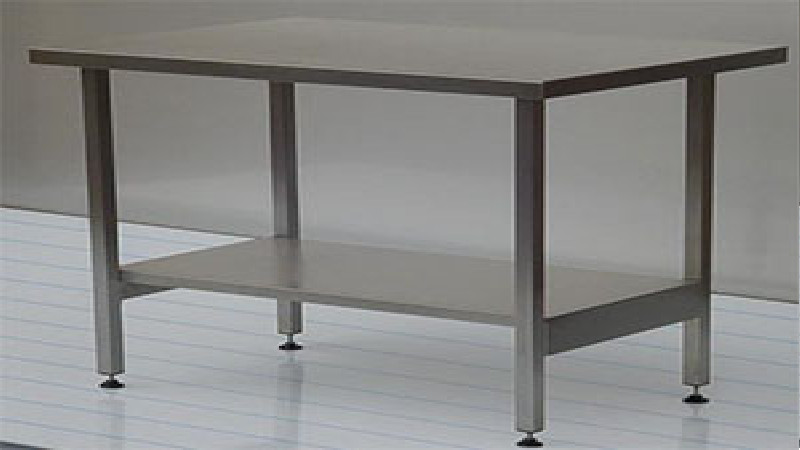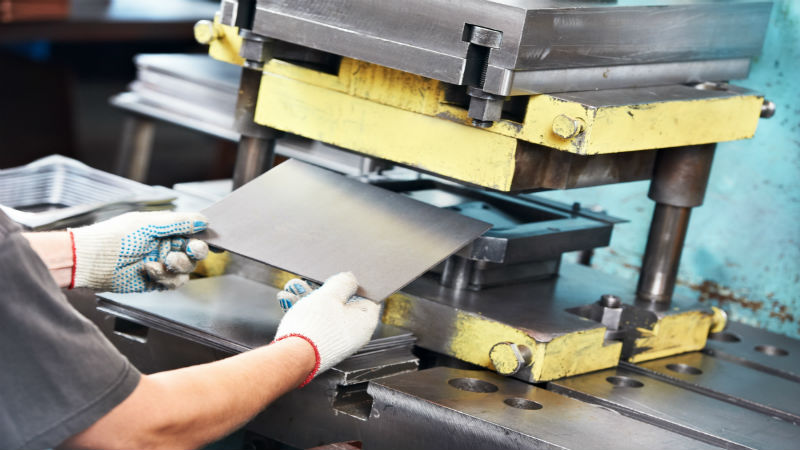There are many different ways that a part or a component can be formed. It can be machined out of a bar or rod, or it can be formed and welded if it is made of sheet metal. There may also be the option to bend and form metal by hand or using specific types of manual brakes or presses, but this has a limited range, for complex shapes.
An option that can be used for complex, as well as simple shapes is sheet metal stamping. Through this method, the sheet metal is forced through specific dies that press the metal into a specific shape. Often there are multiple dies used to create the final shape, but the result is a perfectly formed shape that can be produced quickly and efficiently.
Benefits to Consider
There are several benefits to using sheet metal stamping. With the option to punch, cut and to cast shapes as needed, this is an ideal option for small parts as well as those that are of medium size. With specialized types of equipment, even larger parts and components can be produced using this method.
The metal in the sheet metal stamping is at room temperature. This means there is no heating or melting of the metal as would be found in an extrusion process. The ability to work with the metal without heating reduces the cost of production of the parts, which can be passed along to the OEM.
Additionally, with the process of metal stamping, there is very little waste. The equipment can also operate continuously with very limited need for operator involvement. This also helps to reduce the cost of production and also allows for a high degree of precision stamping that can be matched to the needs of specific industries for tolerances and precision.








